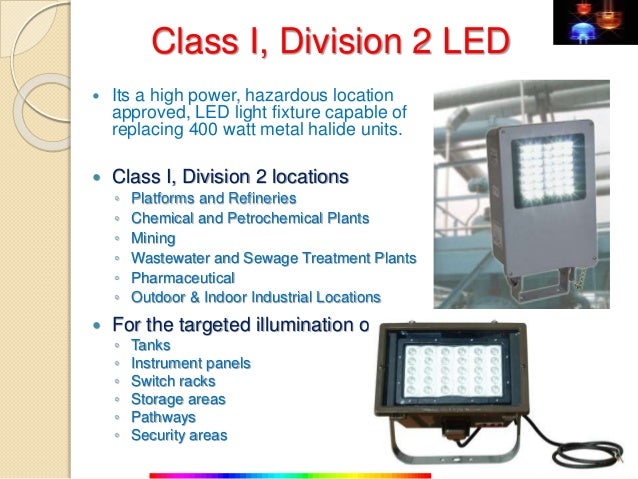

Either of these techniques can be used to make useful LED lighting in buildings which are far more efficient than other types of lighting. You can also make a white LED by using blue light to excite a chemical layer within the bulb to emit white light. These colours combine to give white light. Most of the time you want to have white light in a building, so a lamp may contain three different LEDs such as red, green and blue.

Three researchers from Japan shared the 2014 Nobel Prize for Physics for the breakthroughs that they made in solving the problems that prevented blue LEDs from becoming a reality. Blue LEDs, however, proved to be extremely difficult to create due to the complexity of producing the essential ingredients to make the bulbs a reality. Traditional LEDs produce a single colour such as red or green and have been available for decades. This has allowed them to design LEDs which give different colours of light. Physicists have used the ideas of quantum mechanics to understand how electrons behave as they pass through crystalline materials. When connected to a circuit the right way round (so that the electric current can pass through), LEDs produce light when the electrons that make up the electric current pass from one material into the other. A diode is an electrical component which allows an electric current to pass through in one direction only.Īn LED is made of two layers of crystal stuck tightly together, manufactured in a controlled, clean environment so that each of the layers has exactly the right chemical composition.


 0 kommentar(er)
0 kommentar(er)
